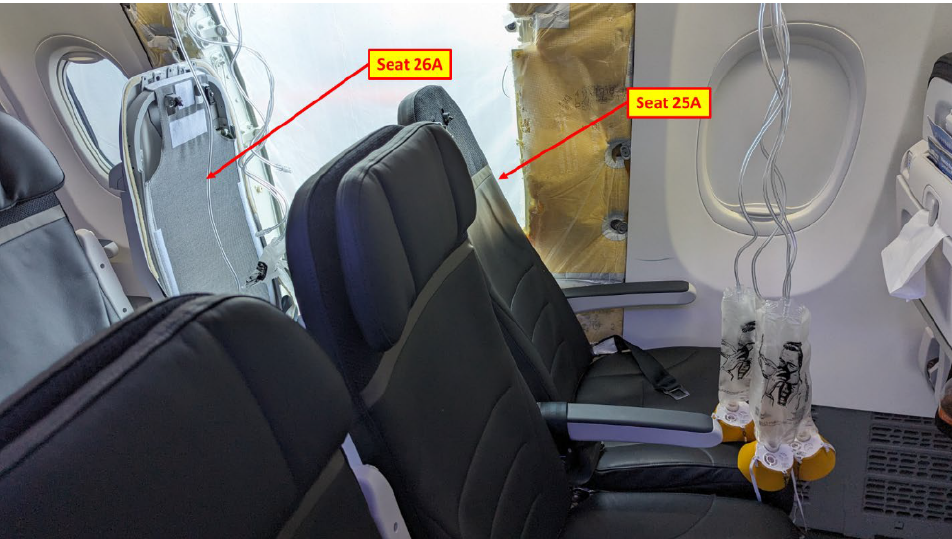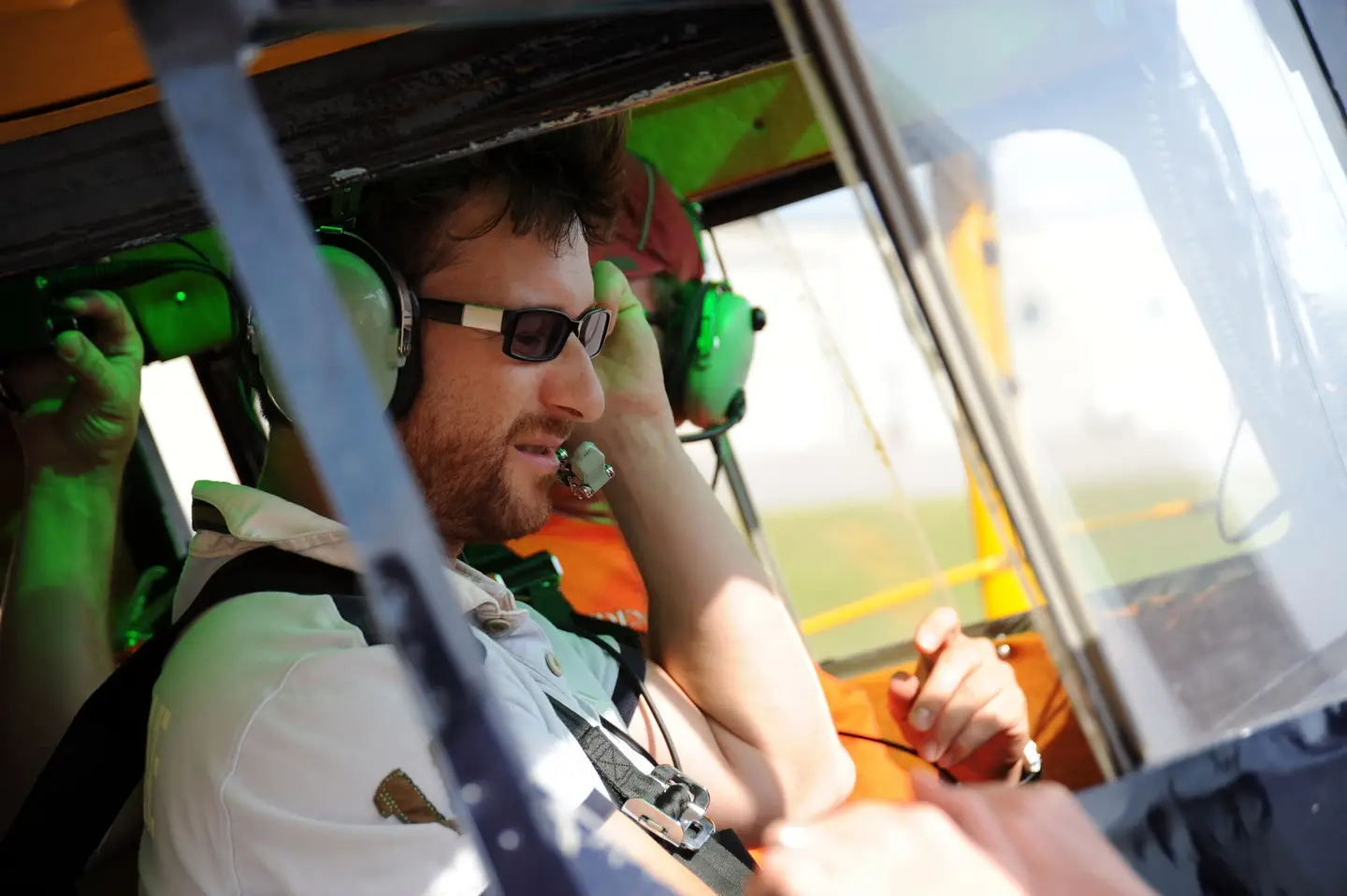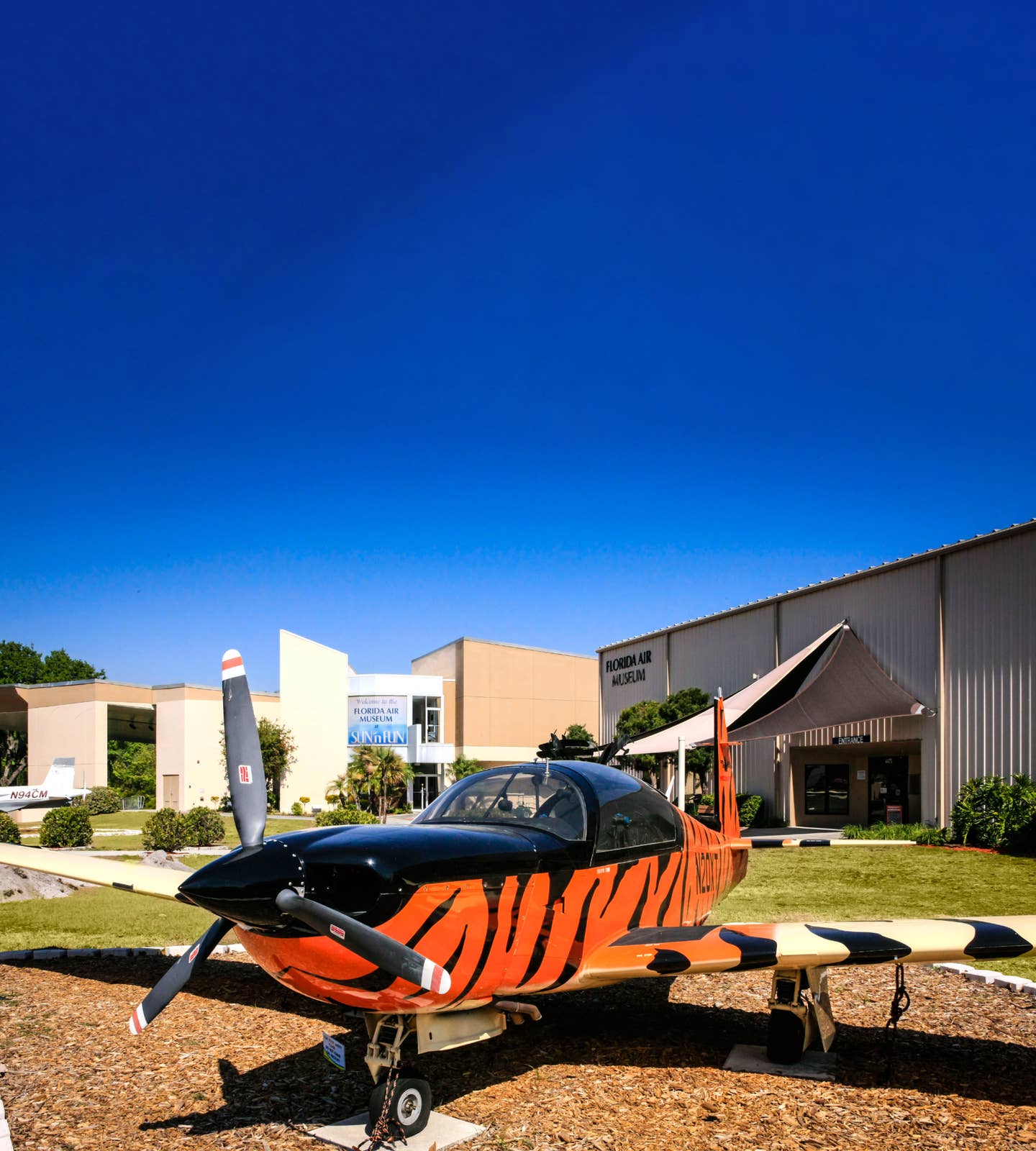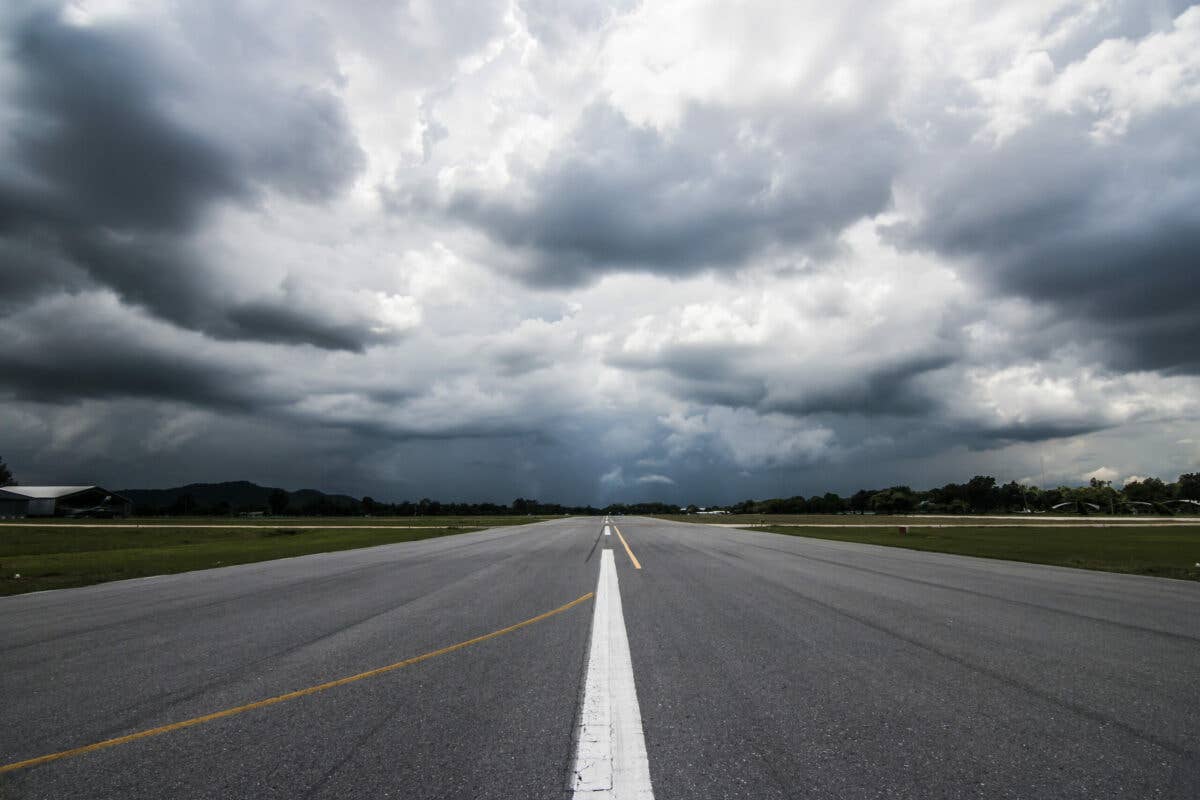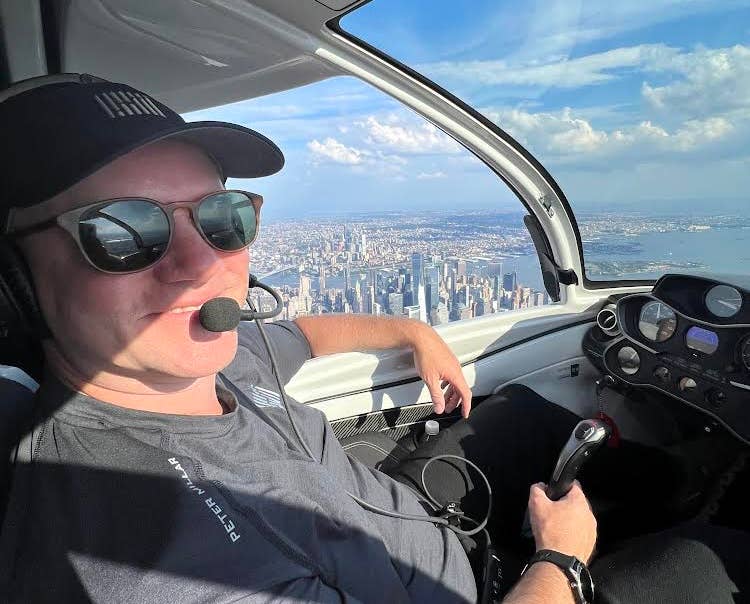Going Direct: AOPA Guide to Flight Schools Reopening Is Missing Half The Picture
The largest pilot-member organization has published a guide to assist FBOs, flight schools and other businesses in getting back into the air after a pandemic-imposed timeout.
The Aircraft Owners and Pilots Association (AOPA), has created a guide to get aviation businesses up and running again. It's problematic---fixable, but with issues. The e-publication, The COVID-19 Flight Operations Guide, is intended to help businesses conduct a thorough risk assessment and then do what's necessary to prepare for reopening and the subsequent return to some semblance of business as usual. But it leaves out some of the most important steps.
We're behind the sentiments a thousand percent. We are, in fact, as anxious as anyone for aviation to get back to it. It's what we live for. And we're in agreement that under certain circumstances, after a careful analysis, it can be done safely---with proper, serious and extensive precautions, exactly the kind that AOPA outlines in its guide.
The guide offers some excellent advice on the steps to take, carefully going over the relevant guidelines on social distancing the business operates under, determining if it can indeed reopen, analyzing and reaching conclusions based on monitoring "local infection rates, death rates and hospitalization rates." It also urges operators to "assess the demographics of your operation." It seems like a tall order for a flight school to do all of this and then to arrive at a conclusion based on that assessment to reopen for business, all the while monitoring local COVID-19 data.
Yet for something that seems on the surface to be innocuous, the release announcing the dual initiatives uses some interesting pilot phraseology, saying the guide "!is designed to help flight schools, flying clubs, FBOs, and other aircraft operators move from risk ’avoidance' to risk management," while avoiding extending that analogy to the other assessment tool we pilots need to employ---the go/no-go decision.
The guide seems intended to help FBOs do business safely instead of staying shuttered, but it avoids the big question: Under what circumstances does a flight school or FBO decide to remain closed? It seems as though it should be one of the two main options the document discusses, and it's only hinted at.
The question, of course, and AOPA knows this, is whether reopening can be done safely. Giving the organization the benefit of the doubt, that in most or even the vast majority of the cases it can be, it still begs the question of whether it sometimes is not safe to do so. AOPA seems to assume going into the conversation that the conclusion reached will be to reopen. In one statement it writes that the guide "offers a framework for how to assess their situation and then suggestions on steps they can take to resume and sustain operations." [The emphasis is mine.]
Any valid analysis and assessment goes into the exercise with an open mind as to the outcome. "Is it safe to reopen?" Do the due diligence and arrive at an answer, yes or no. And then get to work on safely figuring out how to do business safely. AOPA leaves out that crucial decision tree, writing only about the decision to reopen, not to remain closed or even to put off that decision until circumstances are more appropriate to welcome customers.
AOPA's heart is in the right place, I'm sure, but anything that calls itself a guide shouldn't leave steps out. And it's too bad, because there's a lot of thought-provoking and useful guidance there.
For aviation businesses that do the assessment, or even who choose not to do it, there should be no sense that they're being overly cautions, and that's the inference that many will draw from AOPA's guidance.
I'll extend that original risk management analogy that the authors failed to. You should never shame a pilot about making the no-go call, which is often the harder of the two paths to follow. The whole idea is to support a thoughtful and honest assessment of the mission, or otherwise why do it at all? Sometimes, the answer is, let's go flying. Other times, like it or not, staying on the ground is the right call. That's the only way risk assessment can really work.

Subscribe to Our Newsletter
Get the latest Plane & Pilot Magazine stories delivered directly to your inbox

